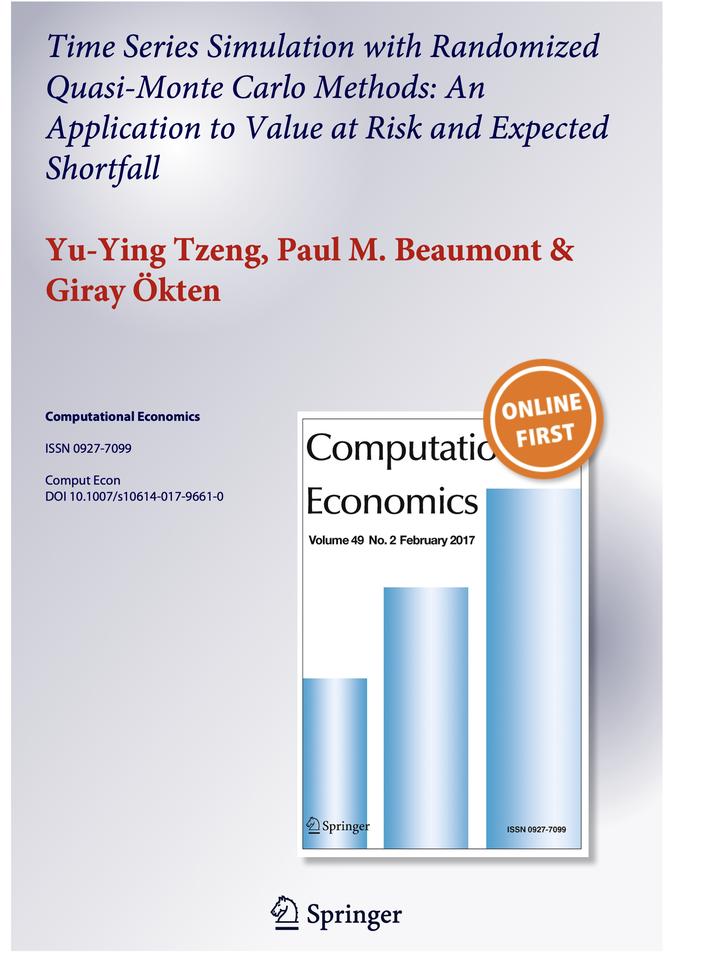Time Series Simulation with Randomized Quasi-Monte Carlo Methods - An Application to Value at Risk and Expected Shortfall

Abstract
Quasi-Monte Carlo methods are designed to produce efficient estimates of simulated values but the error statistics of these estimates are difficult to compute. Randomized quasi-Monte Carlo methods have been developed to address this short-coming. In this paper we compare quasi-Monte Carlo and randomized quasi-Monte Carlo techniques for simulating time series. We use randomized quasi-Monte Carlo to compute value-at-risk and expected shortfall measures for a stock portfolio whose returns follow a highly nonlinear Markov switching stochastic volatility model which does not admit analytical solutions for the returns distribution. Quasi-Monte Carlo methods are more accurate but do not allow the computation of reliable confidence intervals about risk measures. We find that randomized quasi-Monte Carlo methods maintain many of the advantages of quasi-Monte Carlo while also providing the ability to produce reliable confidence intervals of the simulated risk measures. However, the advantages in speed of convergence of randomized quasi-Monte Carlo diminish as the forecast horizon increases.